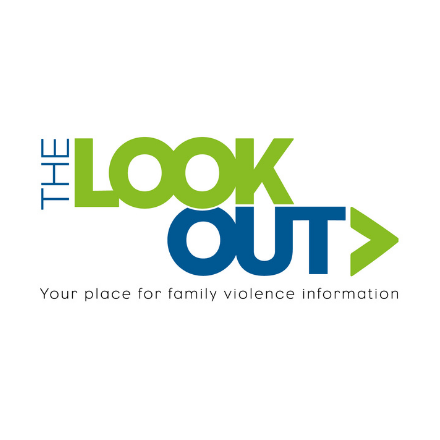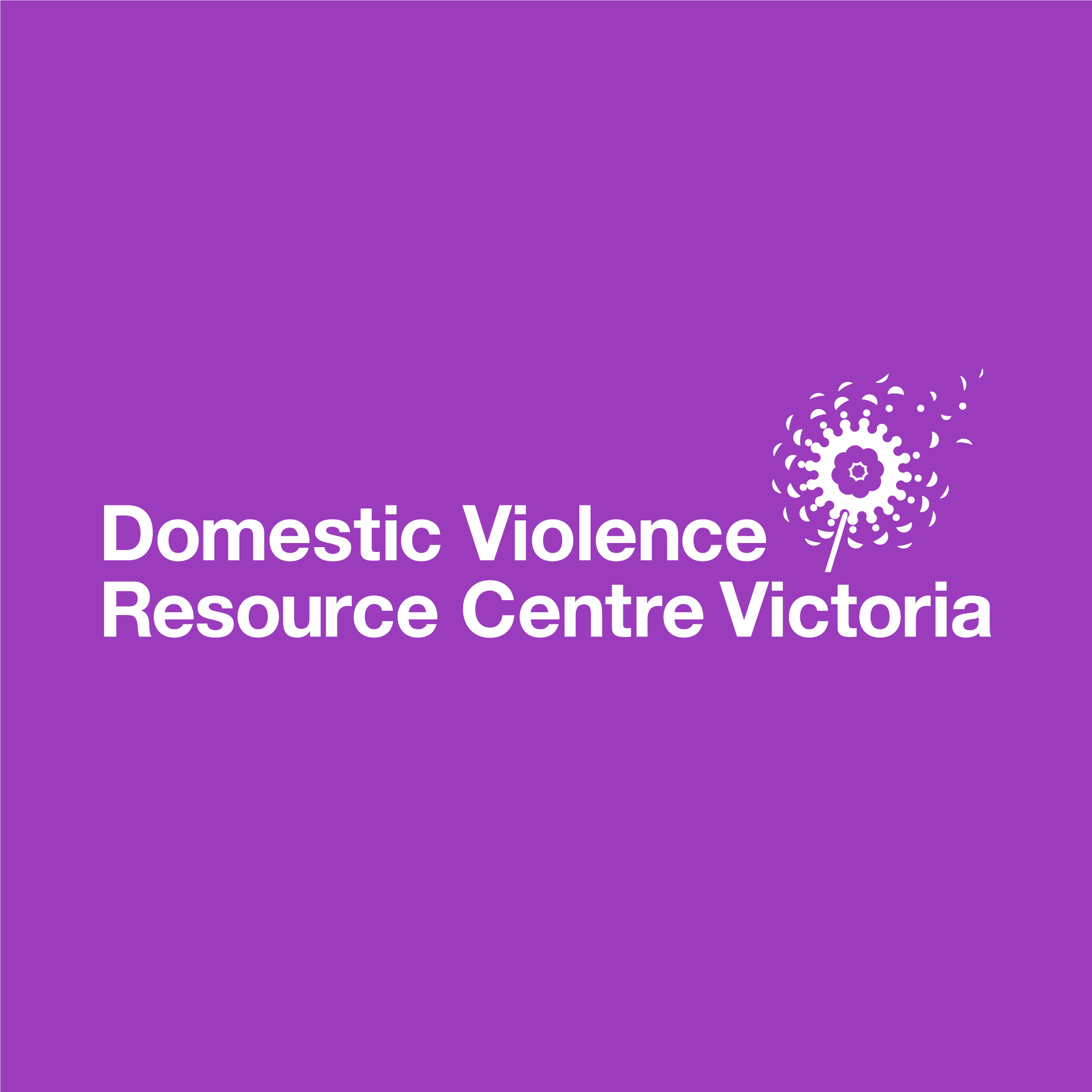In response to the findings of the Royal Commission into Family Violence, the Victorian Government has committed to redeveloping the Family Violence Risk Assessment and Risk Management Framework (commonly referred to as the CRAF). The redeveloped Framework will be enabled by new information sharing laws that allow services to share information that helps them effectively assess and manage family violence risks.
To support whole-of-system embedding of the redeveloped Framework, a series of stakeholder consultations are being conducted to better understand the likely impact of reform on each service sector and inform the government’s training and change management strategies.
Family Safety Victoria are seeking to consult with the following types of staff:
- front-line practitioners; i.e. individuals with direct client or patient contact who may have a role in identifying, assessing or managing family violence risk, including safety planning and information sharing;
- organisational leaders and people managers with responsibility for workforce and organisational development and support.
Consultation sessions will be held with the following sectors: hospital & paramedics, community health & aged care, general practitioners, allied health, mental health & alcohol and other drug services, community housing services, DHHS housing services & homelessness services, disability services – adults & children, Specialist FV services for women and children, sexual assault services, services for people who use violence, child protection & youth justice, out of home care & Child FIRST/Family Services, Aboriginal Community Controlled Organisations, telephone helplines, legal services, corrections, Victoria Police, court staff, justice service centres, sheriffs & financial counsellors, victim support agency, schools and area based health and wellbeing staff, early childhood & early parenting centres.
Register here for a consultation session. Sessions will be limited to a maximum of 12 people.
Page last updated Thursday, August 10 2017

